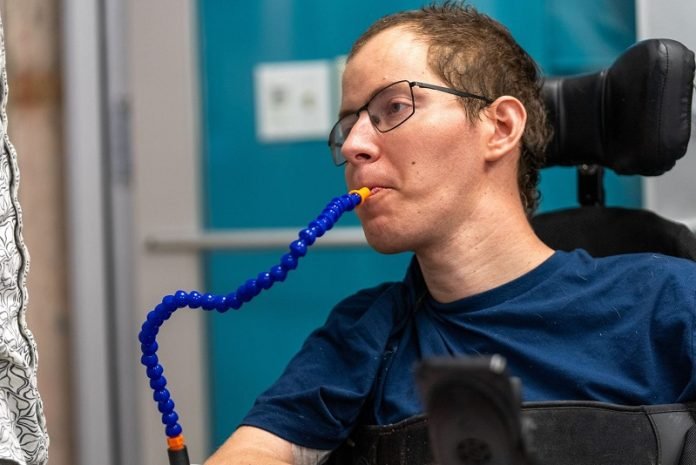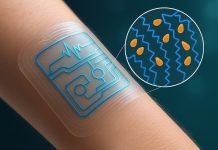
Imagine not being able to take a sip of water whenever you’re thirsty without depending on someone else.
It’s something most of us do without a second thought, but for people like Gary Lynn from Houston, who lives with cerebral palsy, it’s a challenge that needs navigating every day.
Gary envisioned an incredible device that would enable folks like him to have a drink independently.
And he found willing helpers in Thomas Kutcher and Rafe Neathery, engineering students from Rice University’s Oshman Engineering Design Kitchen (OEDK), who brought his vision to life in the form of RoboCup.
RoboCup is not a sports event for robots, but a smartly designed robotic cup that facilitates autonomous drinking for people who have mobility issues, particularly those who use wheelchairs.
It’s an innovative gadget that can be attached to a wheelchair and custom-tailored to meet individual mobility requirements.
What’s superb is that it can be operated either with a proximity sensor or a button, according to what suits the user best, thus ensuring it’s as user-friendly as possible.
Thomas, specializing in bioengineering, and Rafe, majoring in mechanical engineering, recognized that the beauty of a device like RoboCup lay in its potential to grant more autonomy to those who use it.
The duo was committed to making the concept not just a reality but also as accessible as possible to those who could benefit from it.
They wanted to create a tool that would allow people with cerebral palsy or other similar mobility challenges to take a sip of water on their own without needing help from a caregiver.
Building RoboCup was a journey of its own, with various prototypes and design alterations along the way.
It was vital for Thomas and Rafe to obtain feedback from professionals and potential users to ensure the device was not just innovative but also genuinely useful and easy to utilize.
Through consultations, they realized the importance of versatility in design, enabling it to be adapted to different types of sensors, valves, and attachment mechanisms to accommodate various wheelchair models.
They also simplified it, replacing complex or expensive components with more straightforward, easily available ones without compromising its functionality or robustness.
A fascinating aspect of RoboCup’s development was the close collaboration with Gary, ensuring it met the real-world needs of those who would use it.
An initial model that featured a camelback system was eventually replaced with a more user-friendly and aesthetically pleasing mounted cup-and-straw version after Gary provided invaluable feedback.
The aim was not just to create a functional device but one that users would find enjoyable and non-intrusive to use.
Maria Oden, a professor of bioengineering and the team’s mentor, praised the perseverance of the students and Gary, emphasizing the significant improvements achieved through their readiness to absorb tough feedback and continuously refine the design until it was both workable and efficient.
But perhaps the most touching aspect of this project is not just the functionality of RoboCup but its availability.
Anyone with a 3D printer can create their own RoboCup, as Thomas and Rafe have generously made the instructions freely available on the team’s OEDK website. They weighed the considerations of intellectual property and entrepreneurship but ultimately chose to ensure their invention was as beneficial and accessible as possible to those who needed it.
Gary and his mother Andrea have high hopes that RoboCup will shed light on the daily struggles of those living with disabilities and provide a new level of independence. In Gary’s words, the ability to perform small tasks like having a drink unassisted can hugely boost a person’s confidence.
In a world where technology often seems to prioritize the flashy and superficial, RoboCup stands out as an invention that prioritizes dignity, independence, and quality of life. And in doing so, it brings a sip of freedom to those who need it most.
Follow us on Twitter for more articles about this topic.



